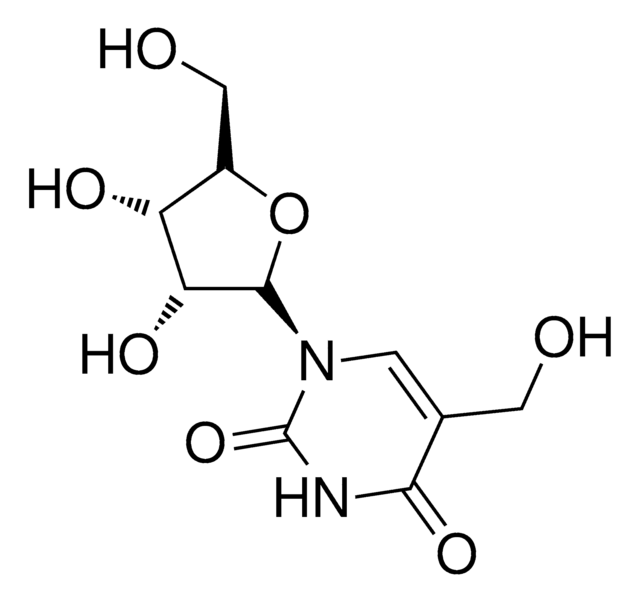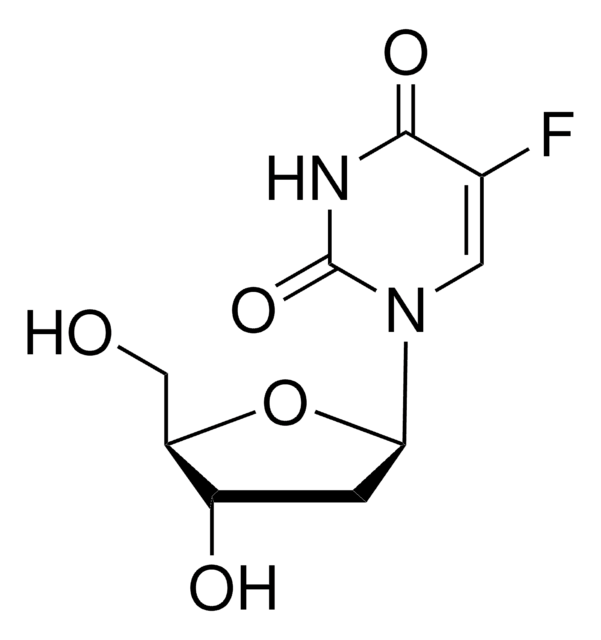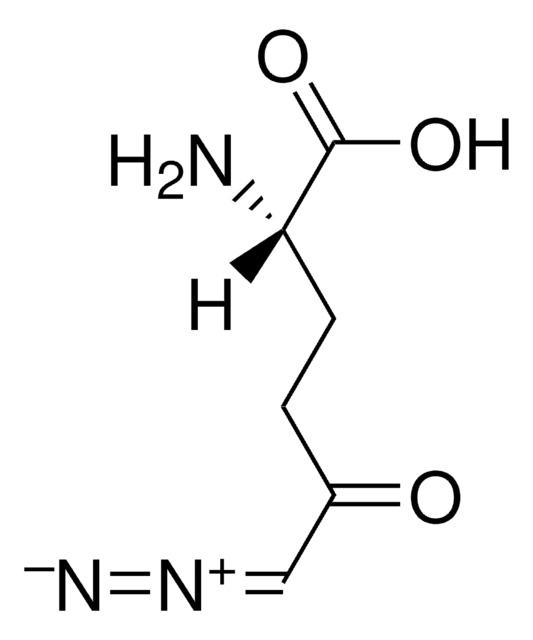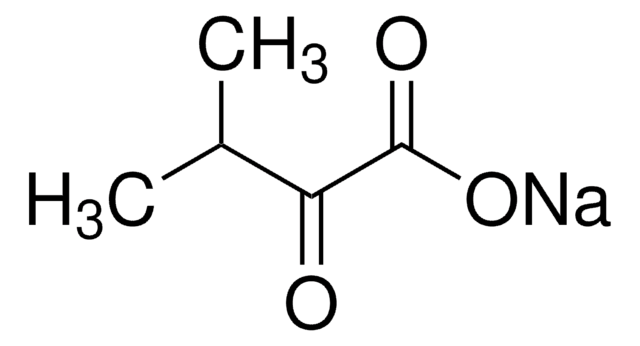SML0404
6,8-Bis(benzylthio)-octanoic acid
≥98% (HPLC)
Sinónimos:
6,8-Bis[(phenylmethyl)thio-octanoic acid, CPI-613
About This Item
Productos recomendados
Nivel de calidad
Análisis
≥98% (HPLC)
formulario
powder
color
white to beige
solubilidad
DMSO: 15 mg/mL (clear solution)
temp. de almacenamiento
2-8°C
cadena SMILES
OC(=O)CCCCC(CCSCc1ccccc1)SCc2ccccc2
InChI
1S/C22H28O2S2/c23-22(24)14-8-7-13-21(26-18-20-11-5-2-6-12-20)15-16-25-17-19-9-3-1-4-10-19/h1-6,9-12,21H,7-8,13-18H2,(H,23,24)
Clave InChI
ZYRLHJIMTROTBO-UHFFFAOYSA-N
Aplicación
- to study its effects on neurite outgrowth in primary mouse dorsal root ganglia cells
- to induce α-smooth muscle actin (αSMA) and pro-collagen I expression and to assess PDH enzyme activity in whole-cell lysates
- to validate basal respiration in tissue respirometry
Acciones bioquímicas o fisiológicas
Palabra de señalización
Warning
Frases de peligro
Consejos de prudencia
Clasificaciones de peligro
Aquatic Acute 1 - Aquatic Chronic 1
Código de clase de almacenamiento
11 - Combustible Solids
Clase de riesgo para el agua (WGK)
WGK 3
Punto de inflamabilidad (°F)
Not applicable
Punto de inflamabilidad (°C)
Not applicable
Certificados de análisis (COA)
Busque Certificados de análisis (COA) introduciendo el número de lote del producto. Los números de lote se encuentran en la etiqueta del producto después de las palabras «Lot» o «Batch»
¿Ya tiene este producto?
Encuentre la documentación para los productos que ha comprado recientemente en la Biblioteca de documentos.
Nuestro equipo de científicos tiene experiencia en todas las áreas de investigación: Ciencias de la vida, Ciencia de los materiales, Síntesis química, Cromatografía, Analítica y muchas otras.
Póngase en contacto con el Servicio técnico







